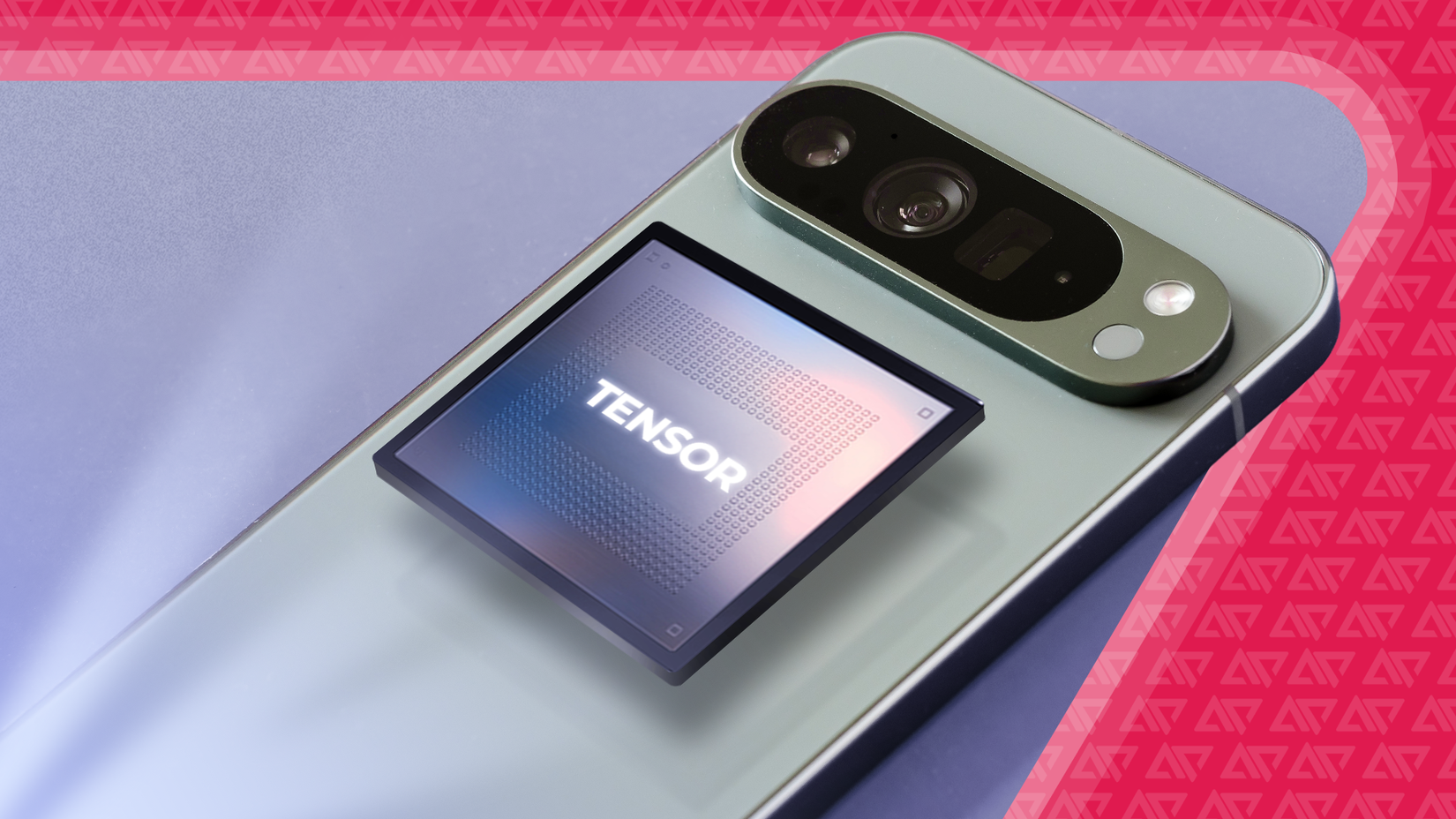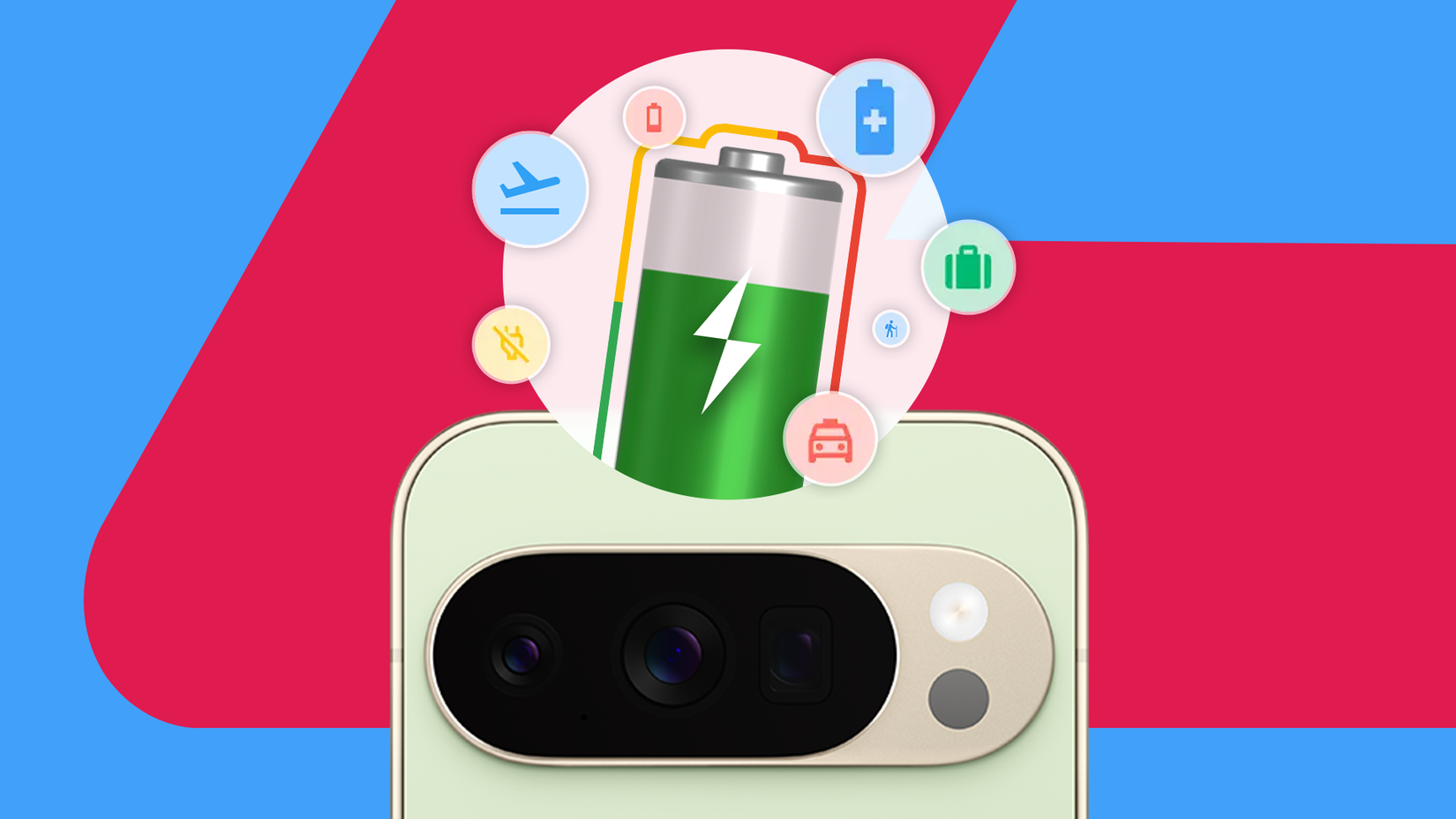The clamshell foldable market feels like it’s stuck. Two big players dominate, each perfecting half the formula but never quite putting it all together.
What we have now is a tired duopoly and a huge opportunity for anyone willing to grab it. On one side stands the market leader, Samsung, with its new Galaxy Z Flip 7. On the other side is the Motorola Razr Ultra.
Right now, customers have to pick their poison. Samsung offers great design and high-quality photos, but a front screen that’s basically decorative.
Motorola fixes the front-screen usability issues, but you’ll pay extra for a camera that can’t keep up.
If any company can bridge this divide, it’s Google. People already want a Pixel Flip, that part’s clear.
But pulling it off will take more than dropping Pixel 10 hardware into a foldable shell. Google needs to look at what others missed and get five key things absolutely right.
The cover screen is where Google can win the flip war
The cover screen is the heart of any flip phone, and it’s where Samsung keeps missing the mark. The hardware’s great — that 4.1-inch display looks incredible — but the mindset behind it is all wrong.
Samsung’s decision to wall off core features makes its front display feel half-baked, and Good Lock’s popularity is proof that users are patching what Samsung won’t fix.
Motorola lets the cover screen run full apps. It basically turns into a tiny phone, which is definitely more useful than Samsung’s half-locked version.
If Google wants the Pixel Flip to stand a chance, it needs to follow Motorola’s lead, not Samsung’s. Google, however, can take this idea much further by tying the cover screen directly into its AI ecosystem.
Imagine a call coming in and the screen instantly becoming Call Screen, showing you a live transcript.
On a trip, the Pixel Flip could act as a two-way translator in tabletop mode. Each screen could face a different person, showing translations for both sides.
A pro Pixel camera is non-negotiable for Google’s flip
A Pixel that cuts corners on its camera isn’t a Pixel. For Google, compromising the camera is brand betrayal. Foldables have long asked buyers to trade photo quality for form factor, and 2025 hasn’t changed that.
Samsung’s Z Flip 7 sticks with a basic 50MP main and 12MP ultrawide, skipping a telephoto entirely. Motorola’s pricier Razr Ultra goes for a 50MP ultrawide, but its camera is fine at best.
Images often come out overexposed and soft, lagging behind even Samsung’s already limited setup.
Photography is a core reason people buy a Pixel. This is backed by Google’s decade-long lead in computational imaging. Therefore, a true Pixel Flip can’t exist without the complete camera setup.
Fitting a 5x periscope telephoto lens into a thin, folding body is no small feat, but it’s also Google’s biggest opportunity. Solving that engineering challenge would instantly set the Pixel Flip apart.
Google could also make Flex Mode finally mean something. Fold the phone halfway, and features like Camera Coach and Best Take can automatically activate for the perfect hands-free shots.
That’s the kind of user experience that’s uniquely Pixel. It’s a software advantage only Google can pull off, and it would instantly make every other flip phone feel dull by comparison.
Tensor efficiency will make or break the Pixel Flip
A Pixel Flip with a top-tier camera and an AI-powered cover screen is the dream. But the biggest threat to that vision is Google’s own silicon, the Tensor G5. It’s the same issue haunting the Pixel 10 Pro.
Despite the jump to TSMC’s 3nm process, Tensor G5 gets crushed by the Snapdragon 8 Elite. That said, raw performance is not the real issue. Tensor performs exceptionally well in AI-driven tasks.
Unless you are gaming heavily or editing large video projects, the performance is more than enough. Tensor G5’s real weakness is thermal control, which also causes micro-stutters and throttling.
Mind you, this happens in a full-sized slab phone, the best-case scenario for thermal management. With a unified battery and a solid chassis, it has room to breathe.
Now imagine that same chip inside a flip phone. A flip design is inherently thinner, splits its battery in two, and traps heat in tight spaces.
If the Tensor G5 already overheats in an ideal thermal setup, putting it into a folding chassis would be a disaster waiting to happen.
For the Pixel Flip to work, Google has to rethink its usual formula. What it needs is a lighter, efficiency-first chip, perhaps a G5e, that is tuned for cooler and more stable performance.
The Pixel Flip must match Motorola’s battery standards
Fixing the Tensor efficiency issue is only half the challenge. The Pixel Flip also needs to overcome Google’s outdated battery and charging hardware.
The 2025 smartphone landscape has a clear divide.
While some brands push toward 65-watt or even 100-watt charging, Samsung and Google are stuck in the slow lane.
The Galaxy Z Flip 7’s 4,300 mAh battery drains to about 30% by night and needs nearly two hours to charge at 25 watts. Google’s Pixel 10 Pro performs no better. Motorola, meanwhile, leads the field.
The Razr Ultra’s 4,700 mAh battery is widely regarded as a top performer. Its 68-watt wired and 30-watt wireless systems fill the battery in roughly 40 minutes, and Motorola claims 8 minutes is enough for a full day’s use.
Motorola has turned battery life and charging speed into its ace. In doing so, Motorola has proven that it is physically possible to fit a large battery and genuinely fast charging into a flip phone.
There is no justification for Google to release a Pixel Flip with its current battery and charging standard. At a minimum, it needs a 4,500 mAh battery and 45-watt wired charging.
To truly compete and erase any doubt, it should aim squarely for Motorola’s 68-watt benchmark.
The Pixel Flip has to deliver long-term value to justify its price
To compete, the Pixel Flip must first meet the physical contract of a 2025 foldable. These are the pass/fail tests that are no longer differentiators but are immediate disqualifiers if failed.
The first is the hinge and crease. Google cannot afford a first-generation crease. It must match or surpass the 2025 benchmark.
Next is durability. Every major foldable in 2025 carries an IP48 rating, including Samsung and Motorola.
That means strong water resistance — up to 1.5 meters for 30 minutes — and basic dust protection for particles over one millimeter. Google has to hit that same mark at the very least.
Finally, Google must play its strongest card and offer long-term support. This battle is largely a draw. Samsung’s move to seven years of Android updates matches Google’s own commitment, putting them on equal footing.
However, both companies still outclass Motorola, whose three to four years of support and awful update speed make the $1,300 Razr Ultra a poor long-term buy.
The Pixel Flip is Google’s chance to break the foldable stalemate
The foldable market is fierce, but there’s still room for a player that refuses to compromise. For Google, the Pixel Flip could be that breakthrough and a chance to reassert its relevance.
The Pixel line has grown predictable. Yet the Pixel Flip is also a product that cannot win if Google sticks to its usual formula. Simply repackaging the Pixel 10 Pro experience in a foldable shell would guarantee failure.
The Pixel Flip must use its advantages in camera performance and AI intelligence as a Trojan horse to build a product that is more practical and more valuable than anything its competitors can offer.






